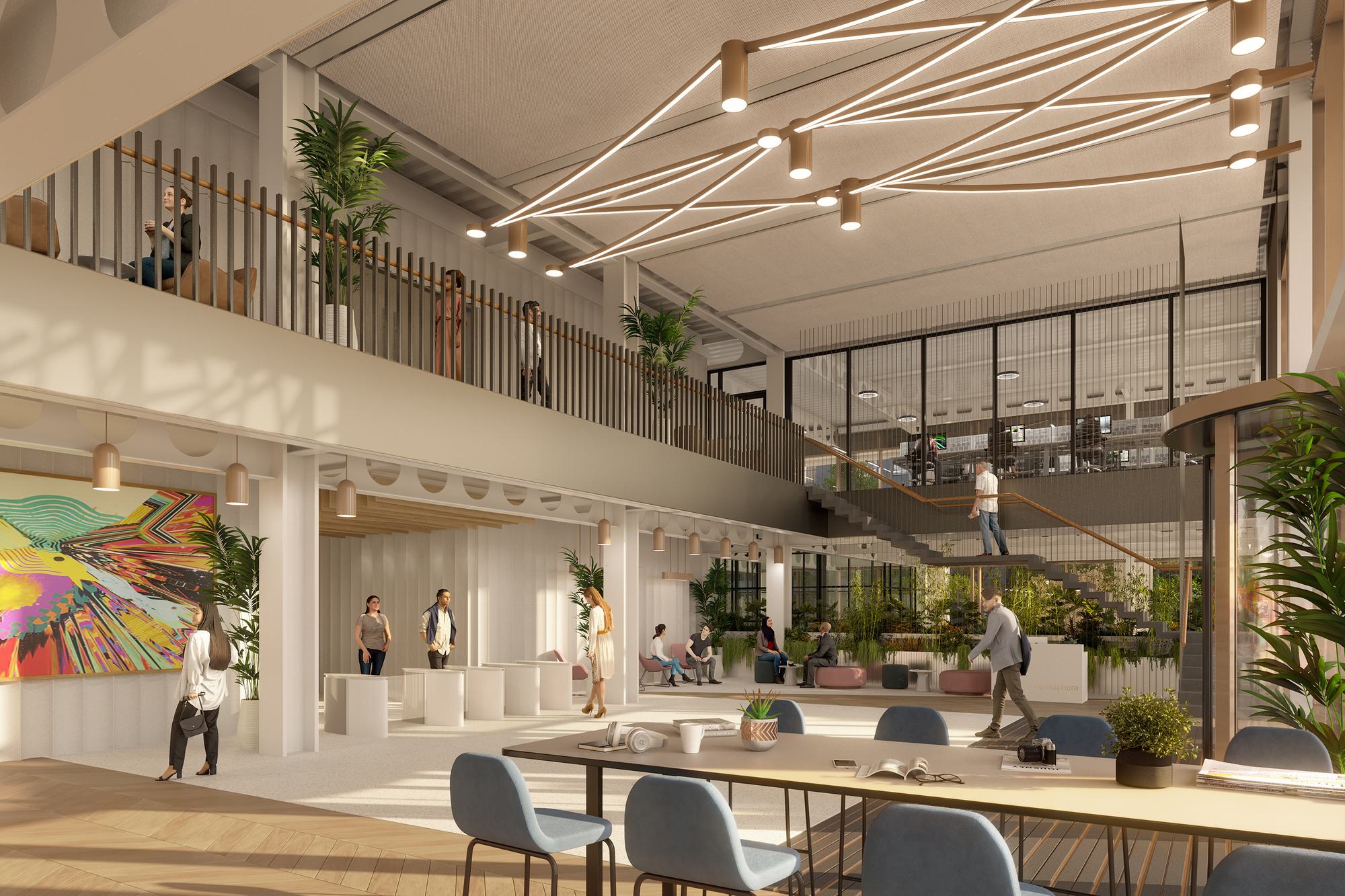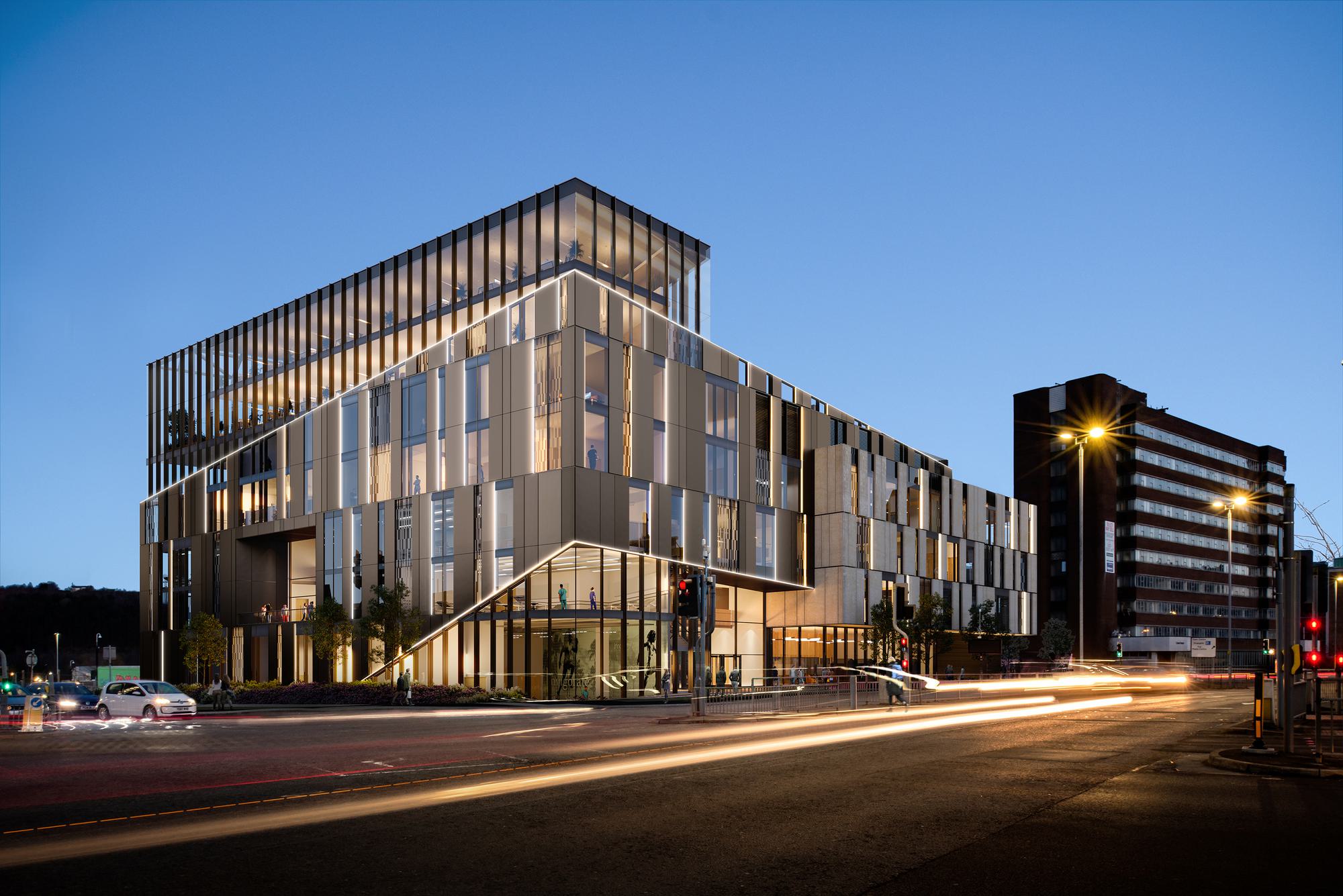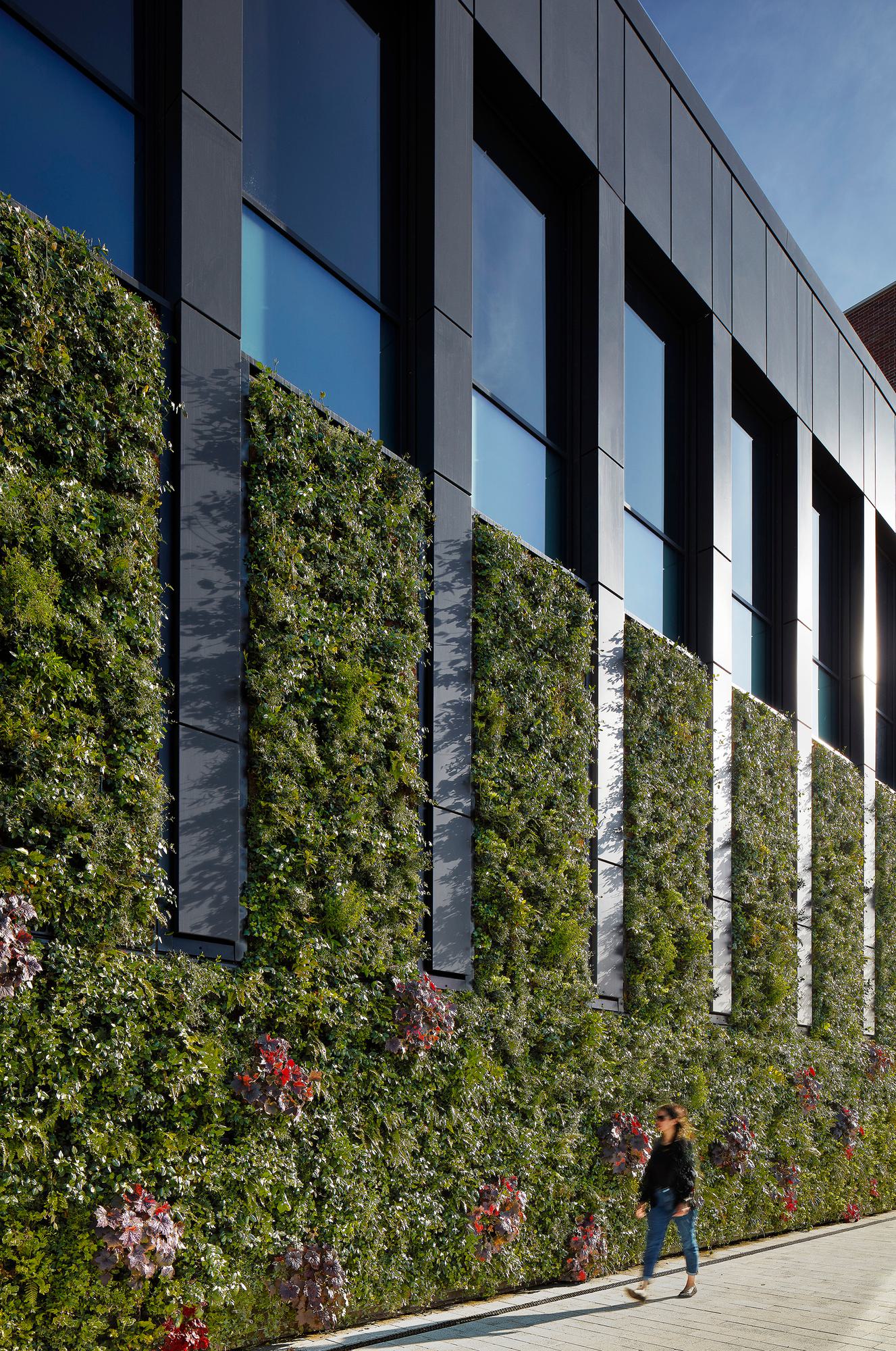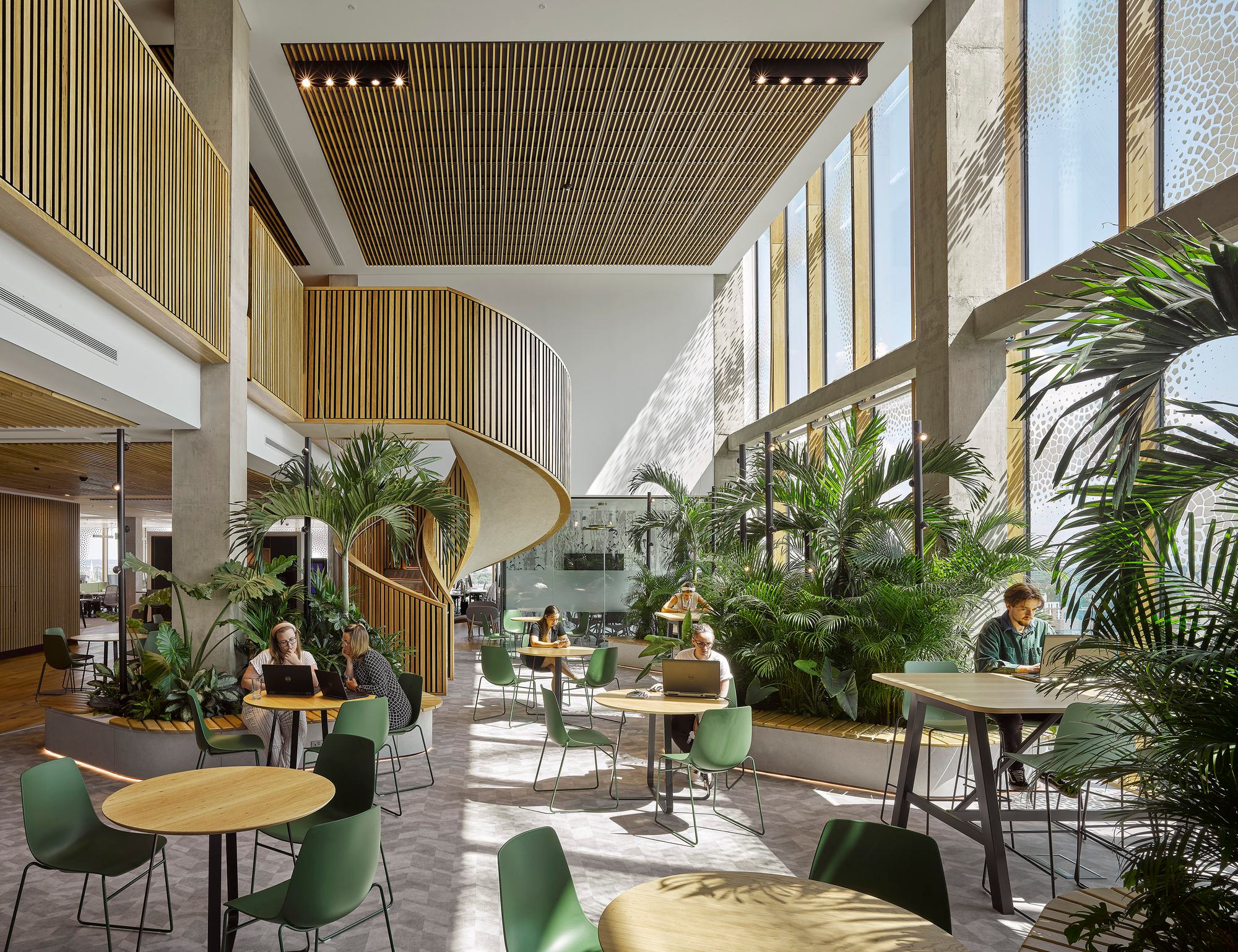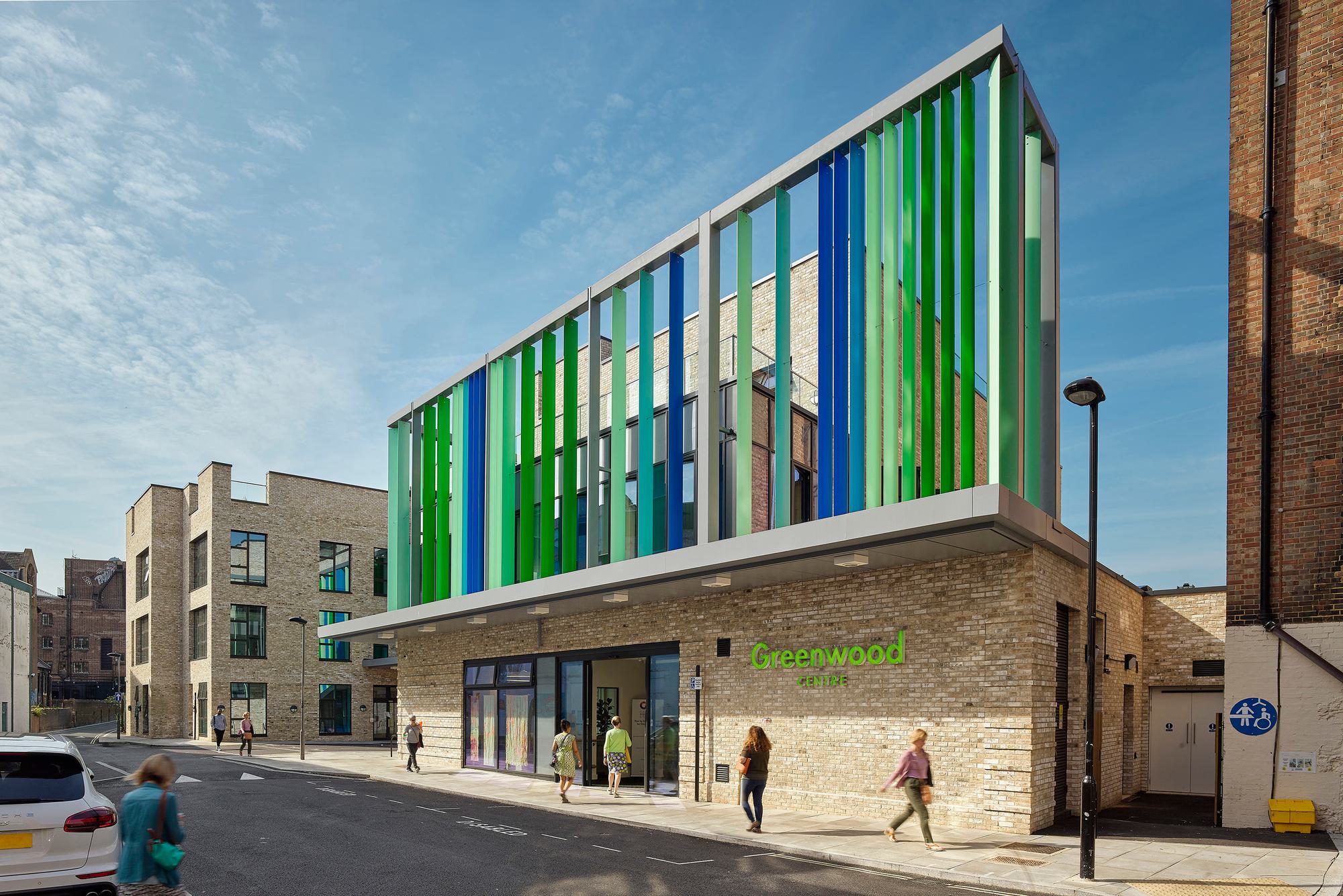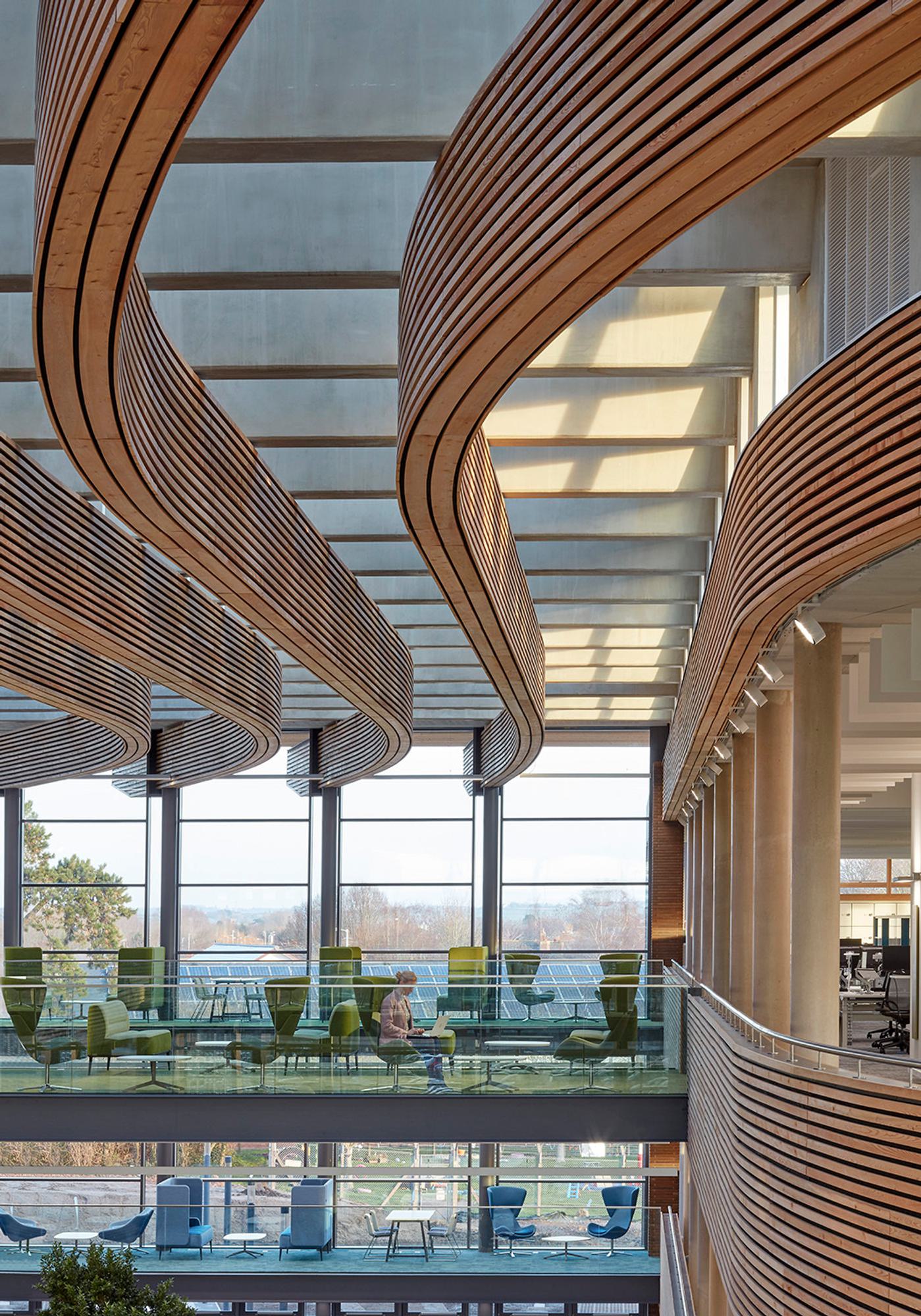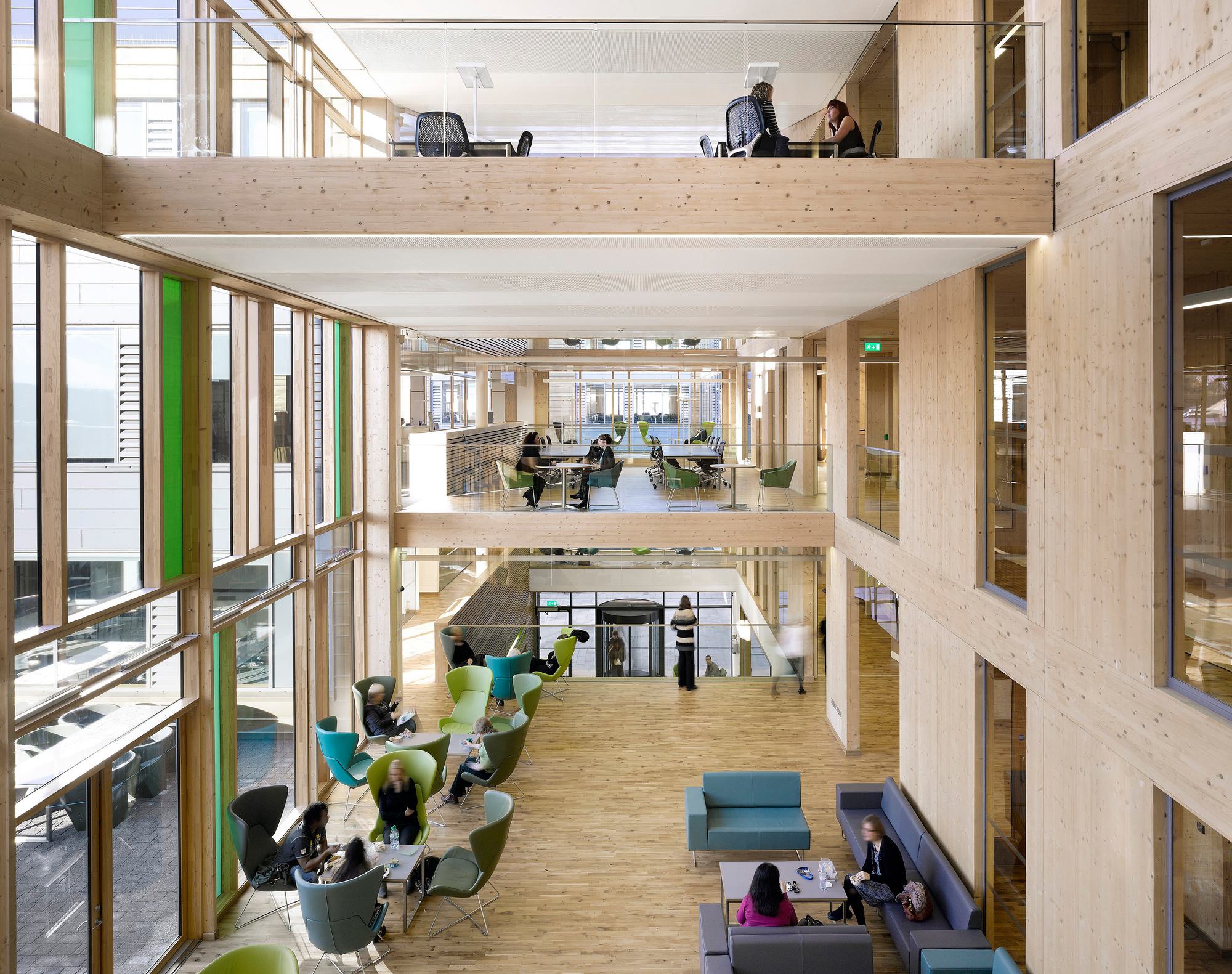
Sustainability
A commitment to sustainability is shared by everyone at AHR
We are committed to promoting sustainability throughout our projects and working practices. By delivering places and spaces that are unique, healthy, and inspiring additions to the built environment, we aim to leave the world better than we found it.
Driven by our dedicated sustainability group along with champions from each of our offices, the talented individuals across our practice, work together to place us at the forefront of sustainability and deliver inventive solutions that benefit all. Collaborating to find innovative ways to achieve the targets we set, continually questioning what we have learnt, and sharing this knowledge among one another – as well as with the wider industry.
Included as part of our commitment to sustainability, is a focus on social value. We believe these two go hand in hand – because the future health, wellbeing, and prosperity of people are intrinsically linked to the quality of the places and environment they inhabit. We have put in place three objectives that guide our actions in this area.
At AHR, we focus on creating spaces that enhance the lives and wellbeing of people, and I am proud to champion this.
The way we live is evolving and at AHR we work to shape environments that support this. Sustainability is evident not only in my working practice but also in my everyday life. As a mentor to many, I thrive on making a difference, sharing my knowledge and enthusiasm - not only within the practice - but at conferences and also contributing to technical papers.”
Robert Hopkins
Head of SustainabilitySustainability Approach
Achieving Net Zero Carbon
We believe a more sustainable future starts with us. That’s why we’ve put in place a carbon reduction plan that will see AHR become Carbon Neutral by 2030. We are on track to achieve this goal, and from there will navigate our way to Net Zero by 2050.
Implementing this programme in our own business has provided invaluable first-hand experience to be transferred across our projects. Informing the development of our Zero Carbon Today Methodology and Retrofit Toolkit – an achievable, design led solution to reaching Net Zero Carbon across new-build and refurbishment projects, now. Underpinned by data, the methodology has been thoroughly tested through real-world models.
A collective effort
We believe there needs to be a collective industry effort to deliver sustainable places – to drive change at more notable pace and scale, as well as shape wider positive impact on society and the environment.
As we monitor, measure, and react to our impact on sustainability project by project, we not only use this information to inspire our own future work – but share what we have learnt. We are proud members of the UK Green Building Council, working together with likeminded peers to catalyse significant change and reach our common sustainability goals.
We also champion industry initiatives that align with our ethos, and have added our support to two key manifestos: RIBA 2030 Climate Challenge and Architects Declare.
Innovation in practice
As well as identifying opportunities to reduce negative effects, we invest in innovative technologies, tools, materials, and design – as well as providing space for debate and collaboration with communities and colleagues.
Backed by robust and carefully planned strategies, we are continually moving towards a future where buildings take on a more restorative, regenerative, and self-sustaining role. Strategies currently informing our work include, reducing energy consumption, managing usage, the re-use of existing environments, re-greening of towns and cities, promoting sustainable travel, and optimising temperature control.
Our retrofit toolkit
Achieving decarbonisation through retrofit
In the UK, 80% of buildings which will contribute to the UK Net Zero Carbon target for 2050 already exist. Many face a real challenge to meet this requirement and are at risk of having stranded or toxic assets. We have developed a data driven decision making toolkit – The Retrofit Toolkit to decarbonisation, which will help you to review your assets in an informed and strategic way.
Using this tool, we can help you make informed decisions as part of your estates strategy. It will identify where you can lower your energy costs, reduce maintenance costs and your carbon footprint and create more resilient assets.
Making a positive impact on the future
Promoting sustainability throughout our projects
Recognised accreditations
As specialists in delivering healthy and sustainable buildings, we have expertise across several recognised accreditations including, BREEAM, LEED, WELL, NABERS, BRE and DEC. We work with clients to determine where these may be applied appropriately – and whether full accreditation or principles only are required – on a project-by-project basis.
As Passivhaus Trust members we are proud to have delivered award-winning Passivhaus projects and have in-house Passivhaus certified designers across all our UK offices. This expertise feeds into the technical design of all our projects – regardless of aspirations for formal certification.
Links
- Read more about our decarbonisation roundtable events
- Building consultancy: retrofitting a route to net zero
- Discover why healthy office environments will become more important than ever before
- Find out how our Retrofit Toolkit can help you
- Read more about creating a more sustainable healthcare sector
- Explore our insights in Biophilic Design
Practice News
Sharing what we’ve learned from our 2024 roundtable series
A year of insightful discussions and collaborative action has highlighted pathways towards a more sustainable built environment.
Date: 28 Mar 25
by AHR

Practice News
PAS 2035 (2023): Do any of your domestic buildings require an airtightness test?
Under new PAS 2035:2023 guidance some domestic buildings will be subject to airtightness testing. Find out how we can support you in improving energy-efficiency of your estate.
Date: 28 Oct 24
by AHR

Project News
Shaping success: Hear from pupils and teachers of Woodmill and St Columba's RC High School
The opening of the new Woodmill and St. Columba’s RC High School in Fife has been met with overwhelming positivity from pupils and teachers alike.
Date: 22 Oct 24
by AHR
We can help your project make a positive impact
Our team of experts are ready to take on any challenge - no matter how big, small, or complex. If you've got a project you'd like to discuss, we'd love to hear from you.
Get in touch